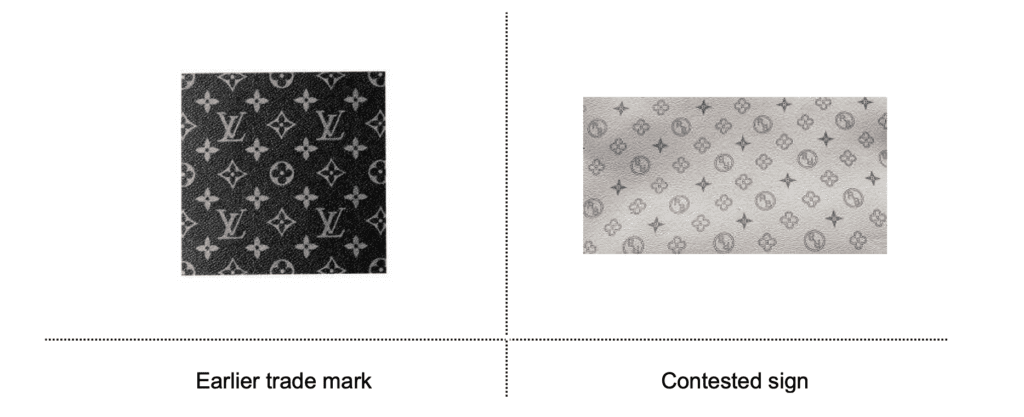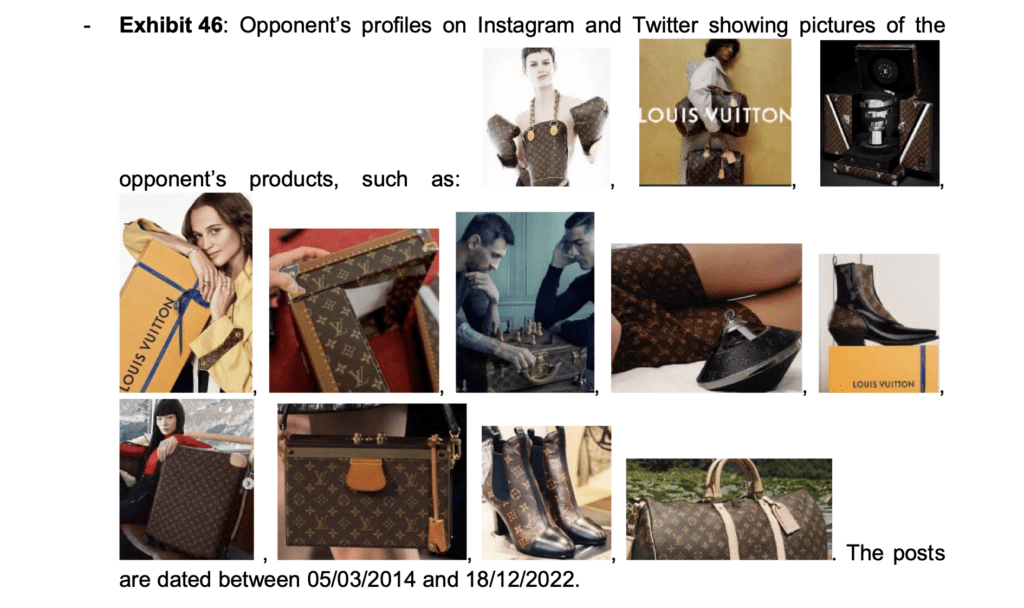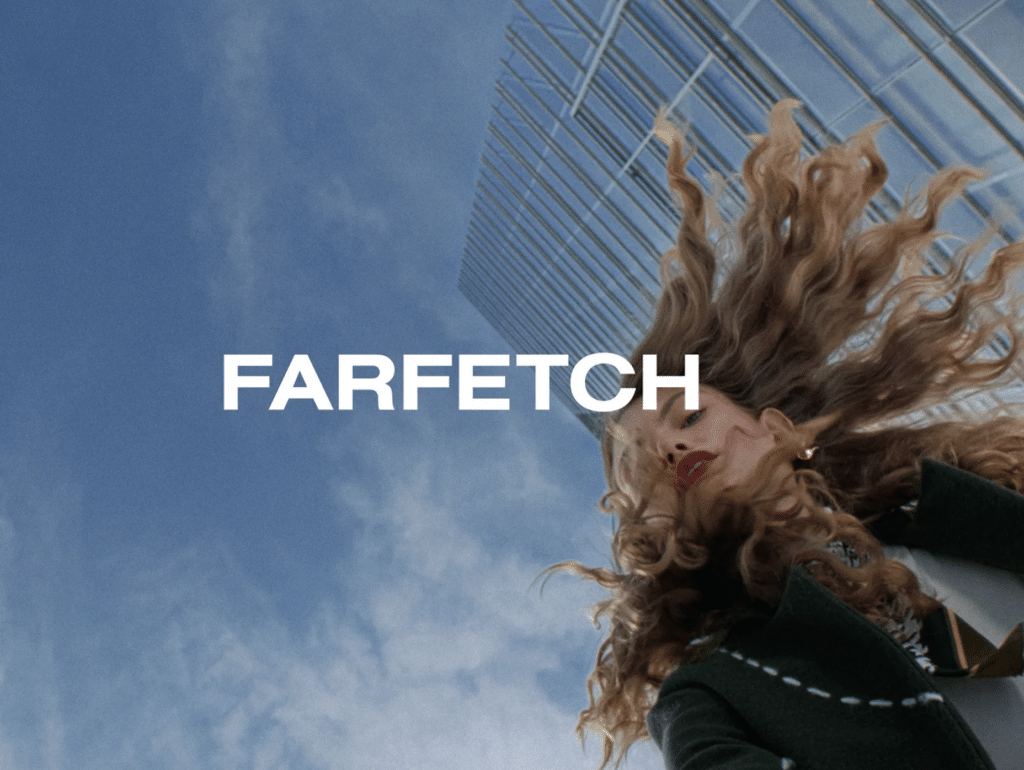Louis Vuitton has succeeded in an effort to block the registration of a trademark that mirrors its renowned Toile Monogram pattern in the European Union. In a recently-issued decision, the Opposition Division of the European Union Intellectual Property Office (“EUIPO”) sided with the LVMH-owned luxury goods giant, rejecting an unaffiliated third party’s application for registration for a pattern consisting of “a repetition of decorative elements resembling flowers with a letter ‘B’ inside and stars with the letter ‘R’ inside” for use on clothing and leather goods on the basis that it is so similar to Louis Vuitton’s monogram that it would unfairly capitalize on the luxury brand’s reputation.
In its decision, which was issued on October 4, the EUIPO’s Opposition Division granted Louis Vuitton’s opposition, emphasizing the importance of protecting well-established trademarks from third parties’ attempts to “free-ride” on their reputations. Setting the stage in its decision, the Opposition Division stated that the matter got its start in February 2023 when Florence-based Qingjian Fu filed an application to register the pattern mark at issue with the EUIPO in February 2023 for use on clothing, footwear, and leather goods, prompting Louis Vuitton to initiate an opposition in June 2023.
At the heart of Louis Vuitton’s opposition was its claim that Fu’s mark, if registered, “would take unfair advantage of, or be detrimental to, the distinctive character or the repute of [its previously-registered] mark,” namely, its registration for the famed Toile Monogram mark.

To support its bid to block the registration of the lookalike mark, Louis Vuitton pointed to evidence of its Toile Monogram mark’s enduring reputation, which dates back to 1896. This included brand rankings that consistently placed Louis Vuitton as one of the top global luxury brands in the world; evidence of high-profile advertising campaigns featuring the Toile Monogram mark; and its long-standing involvement in major sports events, such as designing trophy cases for the FIFA World Cup, Australia Open and Formula 1 Monaco Grand Prix, which feature the monogram mark.
Additionally, Louis Vuitton provided social media posts and magazine excerpts to illustrate the widespread use of its pattern across multiple product lines, including handbags, luggage, and clothing.
An (Unsurprising) Win for Louis Vuitton
At the heart of the Opposition Division’s decision is its conclusion that Louis Vuitton’s Monogram mark has acquired a “reputation” in the relevant regions prior to the filing of the application for the contested mark. “Reputation implies a knowledge threshold that is reached only when the earlier mark is known by a significant part of the relevant public for the goods or services it covers,” the Opposition Division stated, noting that reputation is gauged by considering “the market share held by the trademark, the intensity, geographical extent and duration of its use, and the size of the investment made by the undertaking in promoting it.” (Given the sheer scale of the Louis Vuitton brand and the marketing might that comes with it, it is hardly surprising that the mark maintains the requisite reputation in the EU.)

Interestingly, the Opposition Division held that the visual similarities between the marks are not overwhelming, as the letters, themselves, differ. However, it found that the structure and presentation of the two marks are similar enough to establish similarity, and that the use of stars and flowers – common enough decorative elements in fashion – could confuse consumers, particularly when both marks were applied to similar goods such as bags and clothing.
Some of the notable points in the Opposition Division’s decision include …
Reputation in Specific Territories: The Opposition Division specifically noted that Louis Vuitton’s mark had acquired a significant reputation in Italy and France, two key markets in the EU.
Classes of Goods: Reflecting on the goods/services at issue, namely, Class 18 (luggage, bags, wallets) and Class 25 (clothing, footwear, headgear), the Opposition Division found that because Louis Vuitton focuses primarily on these product categories, Fu’s contested mark, used in connection with these goods, could unfairly benefit from Louis Vuitton’s reputation.
Mental Link: The Opposition Division emphasized the importance of the potential mental link that could be garnered by consumers between the two marks. Despite the “low degree” of “visual similarity,” the presence of Louis Vuitton’s monogram in the market and the overlapping product categories led the Opposition Division to find that consumers could associate Fu’s mark with Louis Vuitton, thereby creating a risk of reputational harm.
Risk of Unfair Advantage: Relatedly, the Opposition Division ruled that Fu’s mark posed a risk of unfair advantage. According to the trademark body, the contested mark would likely allow Fu to “free-ride on the coat-tails” of Louis Vuitton’s reputation, gaining an unwarranted commercial advantage by associating his goods with the luxury and prestige that the Louis Vuitton brand represents.
The case is Louis Vuitton Malletier v. Qingian Fu, Opposition No. B 3 198 676 (EUIPO).











